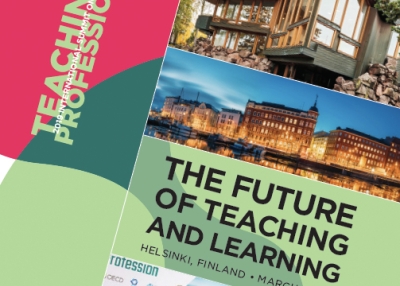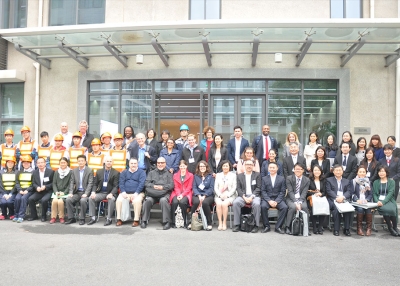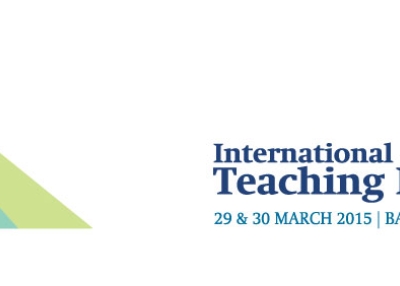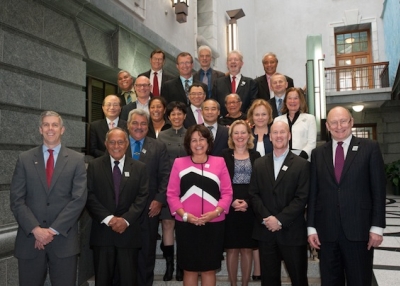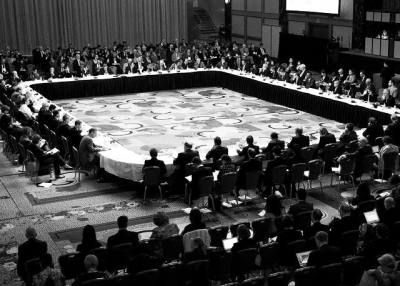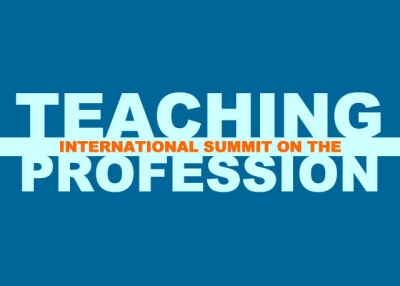How the World Recruits Teachers

Teachers are no longer expected simply to deliver information to the next generation. The role of the teacher is changing to meet the expectations of a global society for well-prepared knowledge workers who can synthesize information, identify and solve problems, create the next innovations in their given fields, work in teams, and make positive contributions to civil society.
With these new realities, the recruitment of public school teachers have compelled new practices throughout the world.
In some countries, the hiring of teachers has moved from the Ministry to the prefecture or municipality and in others from there to the school. However, in most countries, the central government still dictates the requirements individuals must meet to be selected as teachers.
There are two variations on the teacher recruitment and selection process: some countries exercise selectivity by limiting the number of people who are accepted into a teacher training program, while others allow many students to participate in teacher training and then use an examination system to select the top candidates based first on an examination score and then on an interview and a practical exercise of teaching prowess. Korea uses a combination of the two as it limits the number of places and exercises selectivity for entry into teacher preparation programs for students to prepare to become elementary school teachers, while it sets no limits for students interested in becoming secondary school teachers: all can enter a preparation program though only 20 percent find employment as secondary school teachers. Many are concerned that this will lead the best-prepared secondary students to select a field other than education to raise the likelihood of getting a job.
The two methods of selectivity have different recruitment strategies. Limiting access to preparation programs is one form of recruitment as students seek to enter more selective and prestigious programs. In addition, the limitations on entry are correlated to expected vacancies so graduating students hold a high expectation of finding a position. Since prefectures or municipalities make the selection, the student is guaranteed a job, but not a job in a specific school. In many eastern countries, such as Japan, Korea and Singapore, teachers are rotated to different schools every five to seven years, so the assignment to a specific school is not considered a critical issue. However, the other side of the coin is that there is little competition among candidates for job positions. In Korea, elementary schools have barely as many candidates as there are teaching vacancies.
In systems where the supply of teachers is far greater than the demand as in Japan and secondary schools in Korea, the issue of selection is more important than that of recruitment as generally understood in western countries where demand far outstrips supply. In Japan, the Ministry of Education, Culture, Sports, Science and Technology requires the prefectural boards of education to place a great focus on the job interview in addition to the written appointment examination. This is to ensure that the teachers exhibit the dimensions of character and mission that are important to effective teaching.
In Korea, a similar interest has developed to go beyond the employment examination score to include interviews and practical demonstrations of teaching expertise. However, there have been a number of criticisms of the “formalistic” nature of the interview, necessitated by the large number of candidates for each position. The government allows input from current teachers and parents and is considering external evaluation of the instructional skills of teacher candidates.
Western countries have faced a more difficult task in recruiting teachers because teachers are not generally held in as high esteem there as in eastern nations. Teacher education programs draw their students more often from the lower third of the college class than any other segment. While student populations have become more diverse over the last twenty years, the teacher candidate pool has not. This has led to a number of different recruitment practices.
In New South Wales in Australia, prospective teachers of mathematics, science and technology can receive scholarship awards of A$10,000 in their senior year to commit to teach for two years in a remote area. In Western Australia, the Catholic Education Office actively recruits teacher candidates with a serious calling to service to teach children in remote areas. The Kimberly Calling program provides a strong induction and cultural awareness program and requires a time commitment.
In Denmark teachers receive special allowances, including free accommodations and home computers, for their willingness to teach in remote areas. In France, the Ministry has offered special job placements for beginning teachers who have taken specialized courses in school improvement to go as a five-person team to priority schools with economically disadvantaged students.
In the United Kingdom, prospective teachers in hard-to-fill subject areas can receive up to £5,000 for preparing to teach in those areas. In addition, these new teachers receive a “Golden Hello” one-time stipend of £4,000 upon successfully completing their first year of teaching. In the United States, the federal government offers loan forgiveness of up to $17,500 for teachers in areas of mathematics, science, special education. However, this amount does not attract students from the best universities who may have loans of much higher amounts and look for higher paying professions as a result. Many school districts offer small incentive pay stipends to recruit teachers in areas of mathematics, science, special education. However, theses stipends have not had a large impact.
As a different strategy, US states have developed alternative certification programs (ACP) which allow college students to pursue a major in a specific subject area and then upon graduation participate in an ACP. The programs offer a summer course session followed by on-the-job training during the first two years of teaching. Teachers are fully certified at the end of the second year. This has enabled school districts to recruit not only people with better academic preparation, but has also encouraged mid-career professionals to change careers and enter teaching. Such a program in New York City has greatly reduced the vacancy problem in inner city schools.
This article was written by Dr. Susan F. Sclafani. It was edited for the web. Read the full article, including references.
Discussion
Dr. Sclafani summarized different teacher recruitment practices from throughout the world. Do the high-performing nations have the best strategies? What other factors contribute to recruitment strategies? What international practices, if any, should US schools of education adopt?
